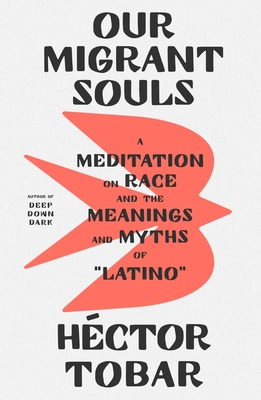Chapter 5: Race
byChapter 5: Race begins with an in-depth examination of the lives of two men, James Earl Ray and Booker Wade, offering a powerful exploration of the complex intersection between race, identity, and societal dynamics. James Earl Ray, the assassin of Martin Luther King Jr., is portrayed as a product of a deeply entrenched, racist environment. His upbringing, marked by extreme poverty and criminality, was further complicated by the influence of his family’s racist beliefs, particularly those passed down from his father. Ray’s life was shaped by the absence of opportunities and a pervasive sense of inferiority, fueling his desperate need to find identity through the concept of whiteness. His belief in white supremacy became a means of asserting power and superiority in a society that he felt marginalized by, and the narrative sheds light on how societal structures, economic hardship, and personal insecurity contributed to his radicalization. The chapter examines Ray’s internal struggles with identity and the deep self-loathing within his family, offering a look at how race, class, and ideology become intertwined in the fabric of American society.
In stark contrast to Ray’s tragic journey, Booker Wade’s story highlights the power of transformation and the resilience found within the African American community. Wade, a Black man who offered vital support to the author’s pregnant mother, becomes a symbol of personal growth and social change. Beginning as a young man fearful and uncertain during a protest, Wade eventually emerges as a strong and committed leader. His involvement with the NAACP reflects his dedication to the civil rights movement and his steadfast commitment to racial justice. As he moves from a position of fear to one of leadership, Wade’s life becomes an inspiring example of how activism and personal responsibility can lead to empowerment, not just for the individual, but for the community as a whole. His eventual career in media serves as a powerful testament to his resilience, demonstrating the significant impact one individual can have on reshaping racial perceptions and challenging the status quo. Wade’s journey exemplifies how dedication to a cause can lead to a positive transformation of both the self and society, offering a hopeful counterpoint to the darker narrative of Ray.
The chapter also takes a deeper dive into the notion of race as a social construct, particularly through the lens of Latino experiences in America. Latino individuals, as the author suggests, often grapple with a sense of marginalization, as their identities are routinely relegated to secondary status within a predominantly white society. The complexities of Latino identity are explored in the context of historical discrimination and the struggle to define oneself within a society that is often indifferent or hostile to their cultural heritage. The chapter provides a nuanced view of how Latino individuals face unique challenges in navigating the delicate balance between cultural preservation and assimilation. This examination expands into a broader discussion of racial and ethnic mixing in America, highlighting how historical processes of migration and mixing have shaped the identities of various groups. The blending of racial and cultural lines, while offering opportunities for greater unity, has also fueled divisions and tensions. The author challenges the traditional categories that define race, arguing that such classifications are arbitrary and fail to capture the fluidity of racial identities. This exploration underscores the artificial nature of racial divisions and critiques the simplistic ways in which American society tends to categorize individuals based on race.
As the chapter progresses, the author weaves together personal narratives and historical analysis, emphasizing the interconnectedness of various racial and ethnic groups in the United States. The author argues that, despite the deeply ingrained nature of racial distinctions, these categories are not based on any inherent differences but are, in fact, social constructs that have been reinforced over time. Through the exploration of personal histories and societal structures, the chapter illustrates how race is not a fixed attribute but rather a dynamic, evolving concept shaped by both individual and collective experiences. This perspective calls for a reexamination of how race is understood and challenges the notion that racial identities are unchangeable. By analyzing the shared experiences of individuals across racial lines, the author presents a compelling case for the possibility of a more inclusive and integrated society. The chapter concludes with a powerful reaffirmation of the idea that cultural and racial identities are not separate entities but are instead intertwined, constantly evolving in response to societal changes and personal histories. This notion encourages readers to rethink the traditional boundaries that have long defined race and identity in America, promoting a more fluid and inclusive understanding of what it means to belong to a particular racial or ethnic group. Ultimately, the chapter advocates for a society where these boundaries are transcended, leading to greater racial justice, equality, and mutual understanding among diverse groups.

